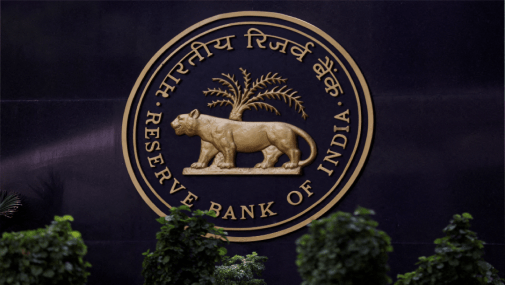Military expansion to protect OBOR
May 11, 2019 | Expert Insights

The US Defence Department expects China to add military bases around the world to protect the One Belt One Road (OBOR) infrastructure program. What are the implications of such a military build up?
Background
Driven by the need for critical resources, China has been militarily active in the Indian Ocean, Eastern Africa and the Persian Gulf. Despite the challenges facing the Chinese economy, President Xi Jinping has also aimed to project Chinese power worldwide through the Belt and Road initiative that aims to link China with Asia, Central and Eastern Europe, the Middle East, and Africa.
The Belt and Road Initiative is geographically structured along several land corridors and the maritime silk road. China has signed the co-operational document on the belt and road initiative with 126 countries and 29 international organisations.
Analysis
The Pentagon believes that China will add military bases around the world to protect its investments in the One Belt One Road global infrastructure program.
Beijing currently has one overseas military base, in Djibouti. "China's advancement of projects such as the 'One Belt, One Road' Initiative (OBOR) will probably drive military overseas basing through a perceived need to provide security for OBOR projects," the Pentagon said in its annual report to Congress on Chinese military and security developments. "China will seek to establish additional military bases in countries with which it has a longstanding friendly relationship and similar strategic interests, such as Pakistan, and in which there is a precedent for hosting foreign militaries," the report said. Target locations for military basing could include the Middle East, Southeast Asia, and the western Pacific.
China has already established well-armed outposts on contested atolls it builds up in the South China Sea. The Washington Post recently identified an outpost hosting many Chinese troops in eastern Tajikistan, near the strategic junction of the Wakhan Corridor, China, and Pakistan.
The Pentagon report noted that Denmark had expressed concern about China’s interest in Greenland which included proposals to establish a research station, a satellite ground station, renovate airports and expand mining.
In this year, Beijing announced a 7.5 percent growth in defence spending to create “world-class” military under Chinese President Xi Jinping. The PLA is the world's largest military force and constitutes the second largest defence budget in the world. In 2017, Xi pledged to complete the modernisation of China’s armed forces by 2035.
Roy Kamphausen, Senior Vice President for Research at The National Bureau of Asian Research, said "From the security angle, in the near-term, the OBOE initiative has significant potential to increase China's military footprint in the Central Asia region and beyond in an effort to secure its periphery, a central goal of the Chinese leadership," Kamphausen said.
Counterpoint
China has not engaged in actual combat since the 1979 Sino-Vietnamese conflict. At present, the Chinese PLA lacks the training that includes combat training, joint operations and mitigating risk. The recipient countries of Chinese grants are themselves ambivalent about the OBOR and the greater China power. We feel that China’s aggressive foreign policy of targeting smaller states isn’t encouraging submission but resistance.
We believe that China is still many years away from challenging the US military’s pre-eminence. Unlike China, the U.S. maintains a considerable number of collective defence agreements and military alliances with countries around the world. Additionally, the established global presence of the U.S. military diverges significantly from China’s more regionally focused military posture. It can also be noted that China's military has an increasingly impressive high-tech arsenal, but its ability to use these weapons and equipment remains unclear.
Assessment
Our assessment is that China has been building up its military strength since the 1995-96 Taiwan crisis during which the U.S. responded to Chinese intimidation of Taiwan by sending carrier strike groups. China’s military modernisation effort has provided the first challenge to US might in the Asia – Pacific region in decades.
We feel that China will seek additional military bases in countries with similar strategic interests. It can be noted that in 2018, 3000 Chinese soldiers joined Russians in practising scenarios for conflict with NATO in Eastern Europe. We feel that China and Russia can likely coordinate their positions against the US. China and Russia are also developing anti-satellite laser weapons to target adversary satellites.
It can be noted that Beijing's air force is now the largest in Asia and the third largest in the world. Between 2016 and 2017, 32 new ships were commissioned by the PLA and China has launched more submarines, warships, principal amphibious vessels and auxiliaries than the total number of ships currently serving in the navies of Germany, India, Spain, Taiwan and the United Kingdom, according to a 2018 report by think tank IISS. The Chinese air force has also been regularly debuting new and improved planes and weapons, including the twin-engine J-20 stealth fighter.
Also, next generation networks will be vital to the future of military operations. China and its telecommunication champion, Huawei is pushing forward to close the gap in 4G and surpass the west in the development of 5G which is also likely to be used as an arbitrage.








Comments